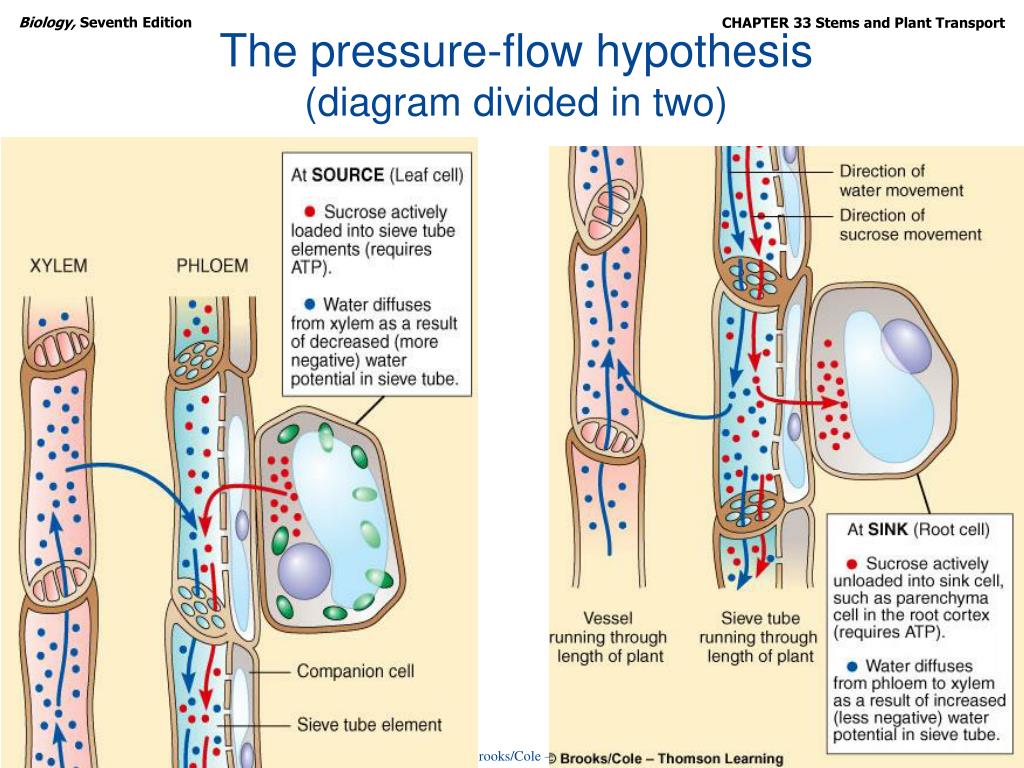
A homologous protein (UCP3) has been found in skeletal muscle but the significance of UCP3 as a determinant of UCR and basal metabolic rate is under debate. In brown adipose tissue proton leak is mediated by UCP1 and has a well described role in thermogenesis. uncoupling proteins, UCP) or by non-specific transmembrane flux, which is dependent on the lipid composition of the mitochondrial membrane (Brand et al. Proton leak may occur through membrane proteins (e.g. The mechanism of UCR in skeletal muscle is not known but is currently an extensive field of research. thermogenesis and body weight regulation, prevention of oxidative stress, prevention of mitochondrial damage induced by fatty acids (FA) and control of oxidative phosphorylation. The driving force for proton influx is due to both an electrical and a concentration gradient over the membrane.Īlthough the term leak indicates deficiency in system design, UCR may have, or may be associated with, important physiological functions e.g. Schematic diagram of mitochondrial inner membrane indicating the mechanisms of coupled and uncoupled respiration. 1994) and will reduce the efficiency of oxidative phosphorylation, which is typically measured as the yield of ATP per consumed oxygen (i.e. UCR has been estimated to about 40% of basal metabolic rate in the rat (Brand et al. Proton leak will increase oxygen consumption (uncoupled respiration, UCR) and the energy will be dissipated as heat instead of being trapped as ‘useful energy’, i.e. Although the major part of oxygen utilization is used for ATP synthesis (coupled respiration), the mitochondrial membrane is leaky and protons may leak back through the membrane. The process involves pumping of protons across the mitochondrial membrane and the proton gradient this forms drives the synthesis of ATP. The mitochondrion is the power plant of the cell, where the energy derived from oxidation of fuels is converted to ATP, i.e. Kent Sahlin (1 ), Michail Tonkonogi (2), & Maria Fernström (2)ġ: Institute of Sports Science and Clinical Biomechanics, University of Southern Denmark, Odense, DenmarkĢ: Department of Physiology and Pharmacology, Karolinska Institutet, Stockholm, Sweden and Stockholm University College of Physical Education and Sports, Sweden Here, Kent Sahlin and co-workers argue that the balance of these two consequences of fuel oxidation might be under physiological control Sometimes, however, proton ‘leak’ uses the gradient to produce heat instead. The leaky mitochondrion Mitochondria use proton gradients to make ATP. The Physiological Society’s blue plaques.The use of animals in educating the next generation of life science researchers.

Sport & Exercise Science Education report.The Future of Interdisciplinary Research Beyond REF 2021.Scotland at the Heart of Meeting Global Challenges.Physiology and Basic Research Funding in Ireland.A National Post-Pandemic Resilience Programme.Supporting the development of public health guidance for long COVID.Translating Knowledge and Research into Impact.Advice for attending your first meeting.Early Career Life Scientists’ Symposium.Michael J Rennie Oral Communication Prize.The Journal of Physiology Early Investigator Prize.Experimental Physiology Inaugural Review Prize.Experimental Physiology Mid-Career Researcher Prize.Experimental Physiology Early Career Author Prize.The Otto Hutter Physiology Teaching Prize.The Journal of Physiology’s Virtual Journal Club.Human, Environmental & Exercise Physiology.Regenerating the Cardiovascular System: Mending Broken Hearts and Beyond


 0 kommentar(er)
0 kommentar(er)
